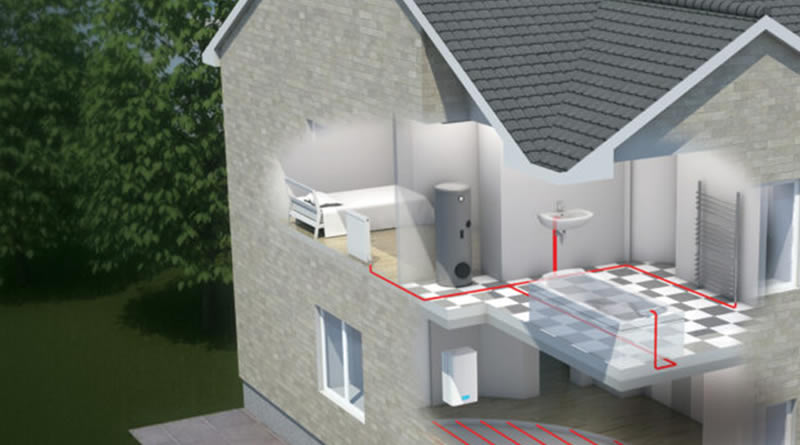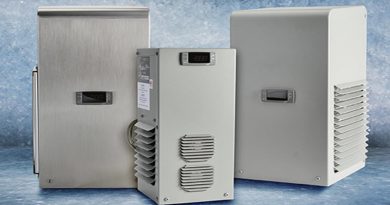Heat Recovery: How It Works and Its Contribution to Energy Efficiency
Heat recovery is an innovative technology that plays a crucial role in improving energy efficiency and reducing environmental impact. In this article, we will explore how heat recovery is achieved and the significant contribution it makes to energy conservation.
The Concept of Heat Recovery
Heat recovery involves capturing and reusing waste heat generated during various processes, such as industrial operations or HVAC systems. Instead of allowing this heat to dissipate into the environment, it is harnessed and repurposed for other applications. By doing so, heat recovery minimizes energy waste and maximizes the utilization of available thermal energy.
Methods of Heat Recovery
There are several methods employed to achieve heat recovery, each tailored to specific contexts and requirements. One common approach is through heat exchangers, which facilitate the transfer of heat between two fluid streams without mixing them. This enables the extracted heat from one stream to be transferred to another stream, where it can be utilized for heating, preheating, or other thermal processes.
Another method of heat recovery is through the use of heat pumps. Heat pumps are devices that can extract heat from low-temperature sources and upgrade it to higher temperatures suitable for heating purposes. By utilizing heat pumps, waste heat can be collected and amplified to generate useful heat for space heating or water heating.
Applications of Heat Recovery
Heat recovery finds applications in various sectors, contributing to energy conservation and cost savings. In industrial settings, heat recovery systems are implemented to capture and reuse waste heat generated by manufacturing processes. This reduces the reliance on primary energy sources and decreases greenhouse gas emissions.
In HVAC systems, heat recovery ventilation (HRV) or energy recovery ventilation (ERV) systems are employed to improve indoor air quality while conserving energy. These systems recover the heat from exhaust air and transfer it to incoming fresh air, reducing the need for additional heating or cooling. As a result, HVAC systems operate more efficiently, leading to significant energy savings.
Benefits of Heat Recovery
The adoption of heat recovery techniques brings numerous benefits, both for businesses and the environment. Firstly, heat recovery significantly contributes to energy conservation by minimizing the need for additional heating or cooling energy. This translates into reduced energy consumption, lower utility bills, and decreased reliance on fossil fuels.
Secondly, heat recovery systems have a positive environmental impact. By utilizing waste heat that would otherwise be wasted, these systems reduce greenhouse gas emissions associated with traditional energy generation. This aligns with global efforts to mitigate climate change and transition towards more sustainable energy practices.
Lastly, heat recovery enhances the overall energy efficiency of processes and systems. By capturing and reusing waste heat, it optimizes the utilization of available thermal energy resources. This not only reduces energy waste but also improves the overall productivity and performance of various applications.
In conclusion, heat recovery is a vital technology that enables the efficient utilization of waste heat, resulting in energy conservation and environmental sustainability. Through methods such as heat exchangers and heat pumps, heat recovery systems recover and repurpose waste heat for heating, ventilation, industrial processes, and more. By implementing heat recovery techniques, we can make significant strides towards a more energy-efficient and sustainable future.




